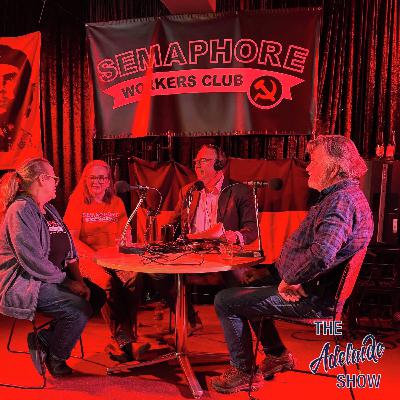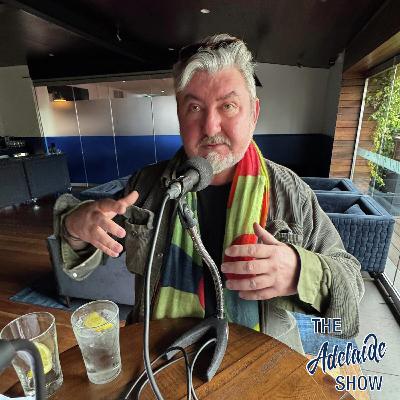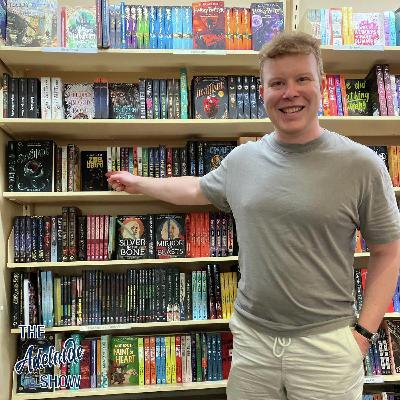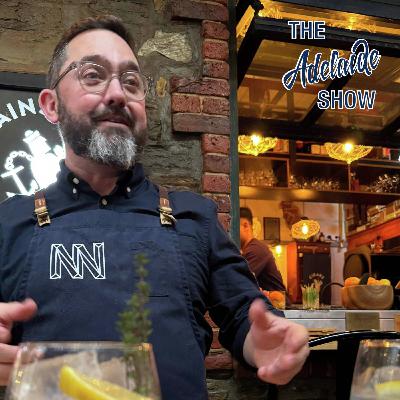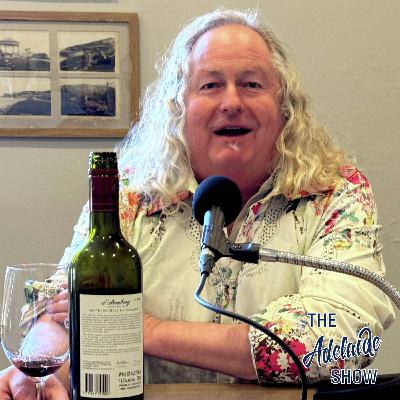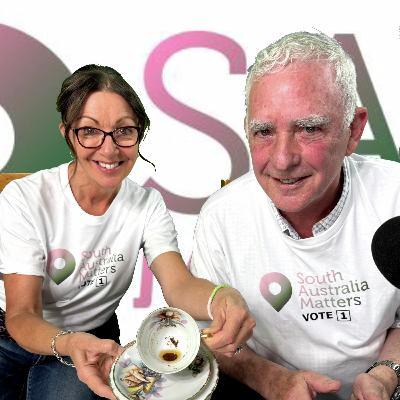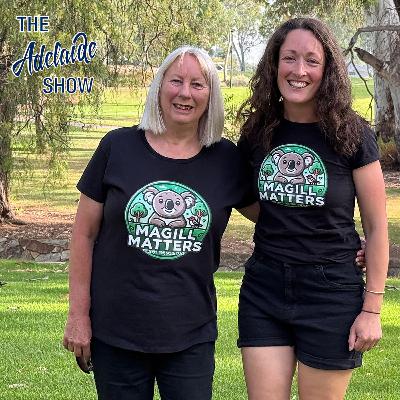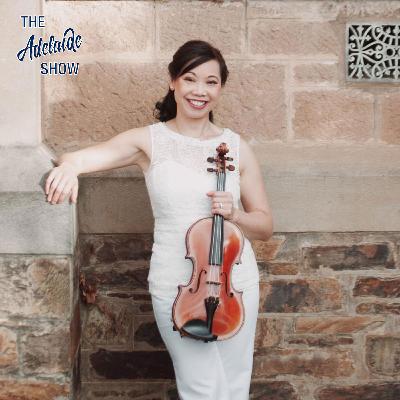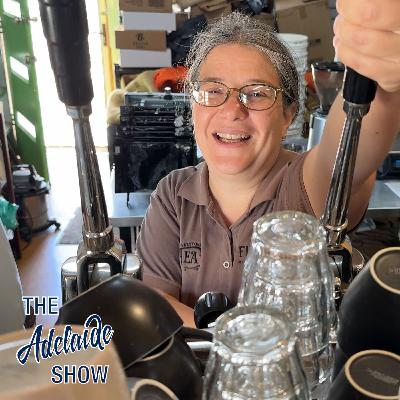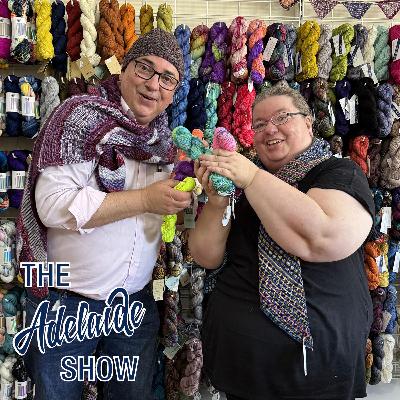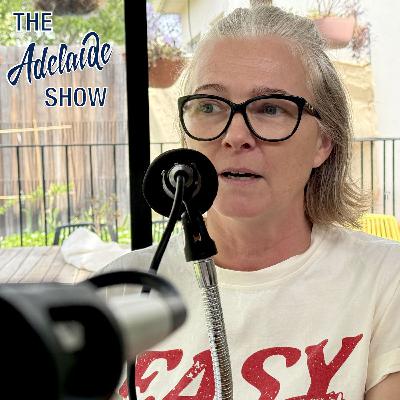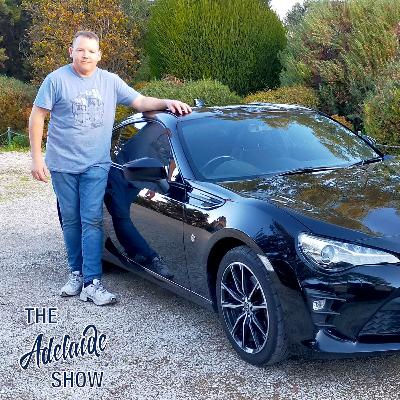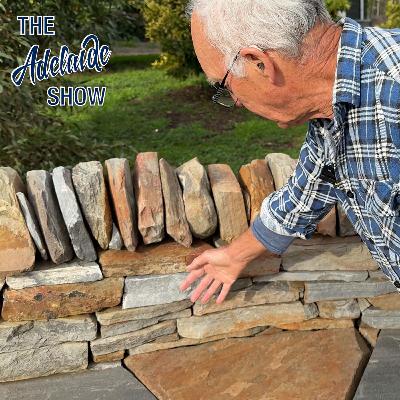421 - Semaphore Workers Strike Up The Music
Description
The red stage of the Semaphore Workers Club provides the backdrop for conversations that capture the essence of community-driven music culture. Festival director Debra Thorsen explains how she’s become a “mother” to the music scene, connecting emerging artists with opportunities that change their careers. The festival spans multiple venues across Semaphore, creating what participants describe as a “love fest” where friendships form naturally over shared musical experiences.
With no SA Drink of the Week this episode, focus remains entirely on the music and community connections that define this seaside suburb’s cultural heartbeat. Although, “Green Death” does get a mention.
The extended Musical Pilgrimage becomes an intimate exploration of songwriting craft with Don Morrison, featuring two of his compositions alongside stories of guitar-making, touring with Midnight Oil and Bo Diddley, and the creative process behind songs that capture Grand Junction Road’s gritty poetry.
You can navigate episodes using chapter markers in your podcast app. Not a fan of one segment? You can click next to jump to the next chapter in the show. We’re here to serve!
The Adelaide Show Podcast: Awarded Silver for Best Interview Podcast in Australia at the 2021 Australian Podcast Awards and named as Finalist for Best News and Current Affairs Podcast in the 2018 Australian Podcast Awards.
And please consider becoming part of our podcast by joining our Inner Circle. It’s an email list. Join it and you might get an email on a Sunday or Monday seeking question ideas, guest ideas and requests for other bits of feedback about YOUR podcast, The Adelaide Show. Email us directly and we’ll add you to the list: podcast@theadelaideshow.com.au
If you enjoy the show, please leave us a 5-star review in iTunes or other podcast sites, or buy some great merch from our Red Bubble store – The Adelaide Show Shop. We’d greatly appreciate it.
And please talk about us and share our episodes on social media, it really helps build our community. Oh, and here’s our index of all episode in one concise
page.
Running Sheet: Semaphore Workers Strike Up The Music
00:00:00 Intro
Introduction
00:00:00 SA Drink Of The Week
No SA Drink Of The Week this week.
00:04:24 Debra Thorsen, Don Morrison, Sally Mitchell
Our three guests take us deep into different parts of Semaphore’s musical DNA.
The Semaphore Music Festival
Debra Thorsen’s eyes light up when describing a recent moment that encapsulates her role in Adelaide’s music ecosystem. A young musician approached her at Don Morrison’s fundraising show, wrapping her in a grateful hug after she’d connected his duo with booking agent John Howell. That introduction led to their first interstate gig at the Echuca Moama Blues Festival. “He put his arms around me, gave me the biggest hug, and said, ‘we think of you like a mother,'” Thorsen recalls, her voice catching slightly at the memory.
This nurturing approach has shaped the Semaphore Music Festival‘s character over 21 years. Rather than simply booking acts, Thorsen cultivates relationships that extend far beyond single performances. The festival operates across multiple venues throughout Semaphore, creating what has been described as “the joy of going from one venue to the next with your friends and catching up with people along the way.”
Don Morrison, observing from his perspective behind the scenes, notes the festival’s uniqueness lies in its sprawling, community-integrated format. “We get to play all over Semaphore, you know, and Debra’s organising it and organising all these venues all over the place,” he explains, acknowledging the massive coordination effort required.
The Semaphore Workers Club
Sally Mitchell arrives mid-conversation, bringing with her the institutional memory of the Semaphore Workers Club‘s transformation from exclusive yacht squadron to community music hub. The venue’s journey mirrors broader social change, she explains, describing how a dying men’s club was revitalised by members who prioritised music and inclusion over tradition.
The club’s unique positioning becomes clear through Mitchell’s description of its diverse patronage. “We have people who travel here regularly from the likes of Mallala and Clare to come here for shows,” she notes, before adding the observation that captures the venue’s spirit: “People come from all walks of life, all political persuasions, all economic backgrounds, but they come here because of the music and the place that it is.”
This levelling effect extends to behaviour expectations. Steve then teases out a discussion about Geoff Goodfellow’s birthday party story, where “crooks, poets and federal court judges” mingled naturally, with a poet lighting her cigarette from a coal provided by a judge managing the barbecue. The poet’s comment, “isn’t it good to have friends in high and low places,” could serve as the club’s unofficial motto.
Musical Craft and Community Connection
Don Morrison’s relationship with songwriting emerges through discussion of the Semaphore Songs project, where local artists created works inspired by their experience of Semaphore and Port Adelaide. His contribution, “Semaphore Workers Club,” captures the venue’s character with lines like “they got cougars there by the dozen, some of them look like they might have killed their husband,” delivered with characteristic dry humour.
When pressed about his songwriting process, Morrison remains characteristically modest: “Once I’ve finished a song, I sort of look back and said, well, where does that come from? And I can’t think of it. It just flows out.” This intuitive approach extends to his guitar-making, where instruments crafted from the rubble of his father’s childhood home in Perponda and his grandmother’s cottage in Broken Hill became his primary performance guitars.
The conversation touches on broader questions about community participation in music-making. Morrison recalls the ukulele groups that flourished a decade ago, bringing together people who “had never played in a band before” but would “come along and they’d learn a song and then we’d all sing it together.” This grassroots musical participation contrasts with the professionalisation that can distance audiences from creative expression.
The October Long Weekend
Thorsen drops a significant announcement near the episode’s end: for the October long weekend festival, South Australian public transport will feature blues musicians in the front carriage of the 12:17 train from Adelaide to Glanville. This innovation, months in negotiation with the Department for Infrastructure and Transport, creates a musical journey that begins before festival-goers reach Semaphore.
The train connection resonates with both hosts’ memories of using public transport to access Semaphore’s music scene, creating a full-circle moment that links past and present community experiences.
00:48:02 Musical Pilgrimage
In the Musical Pilgrimate, we play two tracks by Don Morrison, Grand Junction Road, and Five Men In A Car.
Instruments Built from Memory
Don Morrison’s guitar-making extends far beyond craft into emotional archaeology. His most treasured instruments were constructed from materials salvaged from family homes, creating objects that carry both musical and personal history. “I didn’t really care nor expect that they would turn out to be very good guitars,” he admits, “because I just wanted to make something out of the memories.”
The irony that these memory-guitars became his primary performance instruments speaks to the intersection of sentiment and practicality in Morrison’s artistic life. With close to 500 guitars, 60 mandolins and 80 ukuleles crafted over his career, Morrison has built instruments that found their way across America, where the once-favourable exchange rate made his handmade resonator guitars accessible to blues musicians seeking alternatives to vintage Nationals.
Grand Junction Road’s Poetry
Morrison’s most-streamed song, “Grand Junction Road,” emerged from a Christmas Day observation that reveals his songwriter’s eye for finding universal themes in specific places. Walking home from family lunch, he encountered a sex worker operating on Christmas Day, which crystallised his understanding of the road’s character and the people whose lives intersect with its industrial landscape.
The song’s final verse connects personal history with broader social observation: “My father worked in a factory there just down from the prison, sometimes six days a week, but most often seven. And I wonder what he thought about all those years, he drove first thing every morning down Grand Junction Road.”
Family Music and the Raging Thirst
Morrison’s current project, Raging Thirst, brings together his sons Eddie and Jake in a configuration that demonstrates musical heredity. “They’re so good at their instruments that they wouldn’t be playing with me unless I was their dad,” Morrison jokes, characterising their involvement as “a charity move.”
The family dynamic reveals itself through natural musical communication. “We don’t even need to practice quite often,” Morrison explains, crediting thei

